Childhood 1912-1930
A village childhood Li Qun’s roots trace back to a quaint mountain village, an enclave characterised by a mere six

Following the Marco Polo Bridge Incident on July 7th, a significant event unfolded in Shanghai known by the Chinese as the “August 13th” Anti-Japanese War (Second Sino-Japanese War). It marked a critical juncture for the Chinese nation, prompting a collective response from those unwilling to endure subjugation. The call to action resonated with the spirit of unity, urging individuals to metaphorically construct a “New Great Wall” with their unwavering resolve.
Li Qun, alongside numerous progressive young individuals, seized the opportunity to contribute to the resistance efforts. Assessing his circumstances, he promptly enlisted in the “Shanghai National Salvation Drama Troupe Sixth Team” engaging in activities across Zhejiang, including Jiaxing, Wuxing, Wuzhen, Nanxun, and Huzhou. Through lectures, performances, and creative expressions like the square drama “Put Down Your Whip” Li Qun actively promoted crucial wartime knowledge such as air defence, virus prevention, vigilance against traitors, and the fight against enemy forces.
In quick succession, he secured a position at the Anhui Provincial No. 1 People’s Education Center, assuming the role of editor-in-chief for the newspaper “Everyone Read Daily” and establishing the woodcut illustrated magazine “Iron Army”. Despite grappling with illness, he maintained a resilient spirit, creating impactful woodcut works like “Anti-Japanese War“, “Suffering Compatriots”, “Clothes for the Soldiers” and “The Life of a Soldier” among others.
By the spring of 1938, the closure of the “Popular Education Center” due to war setbacks prompted Li Qun to align with revolutionary patriots and travel to Wuhan. In this vibrant hub, Li Qun collaborated with prominent figures such as Comrade Zhou Enlai (周恩来), Guo Moruo (郭沫若), Tian Han (田汉), and Xu Beihong (徐悲鸿). After Li Qun arrived in Wuhan, he first co-founded the “Woodcut Artists Association” with artists such as Mada, organising woodcut training classes. Later, he also joined the Fine Arts Department of Santi Hall, working together with painters such as Li Keran (李可染), Wang Shikuo (王式廓), Ye Qianyu (叶浅予), Lai Shaoqi (赖少其), Wang Qi (王琦), Luo Gongliu (罗工柳), and others. He played a pivotal role in establishing the “Woodcarver Association” conducting woodcarving training, and joining the Art Department of the Third Hall. Notably, he contributed to the formation of the “All-China Art Circles Anti-Enemy Association” and the “All-China Woodcut Circle Anti-Enemy Association” becoming the executive director of the latter—the first national organisation initiated by China’s Emerging Woodcuts since 1931.
During this period, Li Qun authored essays and woodcut works, including “Defending the Motherland” and the “Anti-Japanese War“. His commitment extended to compiling and publishing the “National Woodcut Anthology” and contributing essays to the “July” magazine edited by Hu Feng (胡风). In a strategic move, Li Qun joined the drama department organised by Guang Weiran (光未然) to conduct publicity in various theatres.
In anticipation of Wuhan’s impending fall on September 9, 1938, Li Qun, fuelled by a sense of duty, registered and departed for the Second War Zone and Yan’an with the third drama team, affirming his dedication to the resistance cause.

In September of the same year, Li Qun further expanded his involvement by joining the “Third Troupe of the Anti-Enemy Drama Troupe” an initiative led by the Political Department of the Military Commission under the guidance of the Communist Party. This theatrical endeavour took him to performances in Shanxi and Yan’an. The accompanying image captures a group photograph featuring Li Qun alongside comrades from the San Ting Art Department during their time in Wuhan. In the front row are figures like Luo Gongliu (罗工柳), and on the right Liu Pingdu (刘萍杜 Li Qun’s wife). Positioned second from the right in the back row is Li Qun.
In the early days of the Anti-Japanese War in 1938, Li Qun’s engagements evolved in response to the unfolding circumstances, with a notable inclination to traverse regions both north and south. During the spring of that year, he made a journey from Taihu County, Anhui Province, to Wuhan, where he assumed a role in the Art Section of the Art Department within the Third Department of the Political Department of the Military Commission of the National Government.
In collaboration with fellow activists such as Ma Da and Liu Jian’an, he actively contributed to the groundwork for establishing the “China National Woodcarving Association to Resist the Enemy”. By June, the association had been formally established, and Li Qun was elected as its executive director. Concurrently, he played a pivotal role in the founding meeting of the “All-China Art Circles Anti-Enemy Association” where he secured a position as a director.
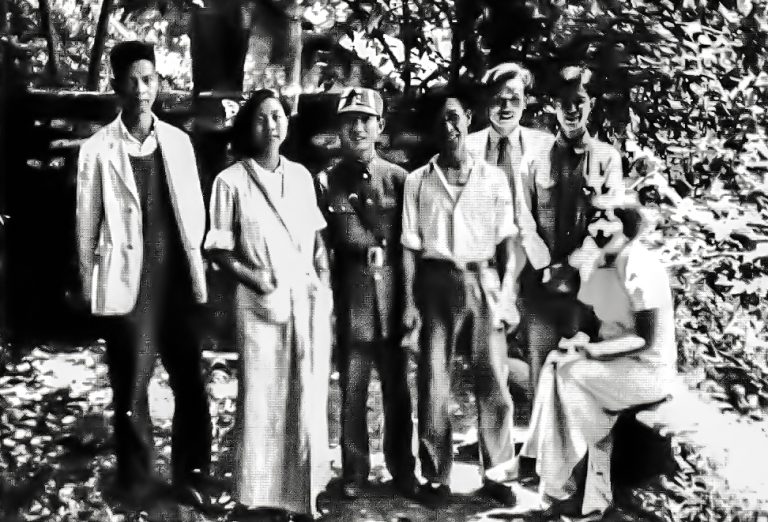
This snapshot, taken in Wuhan in 1938, includes notable figures such as Ma Da (马达), Wang Wenqiu (王文秋 Ke Lan’s 柯蓝 wife), Li Yang (力杨), Li Qun, Li Keran (李可染), Lu Hongji (卢鸿基), and Liu Pingdu (刘萍杜), signifying a collective commitment to the Party’s lofty mission in the challenging landscape of anti-Japanese resistance.
(Left) In 1938, Li Qun embarked on a journey northward to Wuchang, not merely as a traveler but as an observer of the landscape, deeply moved by the unfolding destiny of the nation. In the centre of a poignant moment stands Li Qun, flanked by Liu Pingdu on the left and An Lin (安林) on the right.
(Right) The profound significance of this encounter prompted the desire to immortalise the occasion through a group photograph—a moment considered invaluable. As their paths converged briefly, conversations flowed freely, fuelled by the shared aspiration to pursue studies at Yan’an Shaanbei Public School. Following a brief sojourn in Wuhan, Li Qun found himself integrated into the third team of the Anti-Enemy Drama Troupe, while Liu Pingdu prepared to embark on a northern journey dedicated to anti-Japanese propaganda efforts.
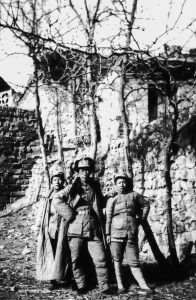
Following the political changes post-1949, Quanziping Village fell under the jurisdiction of Liangjiazeng Township, Lingshi County.

Li Qun’s artistic creation, “After the Enemy Plane Leaves” (left), gained prominence when published in “Guo Feng Daily Newspaper” on October 3, 1938. This treasured newspaper clipping, presented to Li Qun by Comrade Zhou Kenan (周克难) of the Shaanxi Provincial Mass Art Museum on June 6, 1990, stands as a testament to Li Qun’s enduring commitment.
The adjacent article, titled “Growing Up in War” authored by Mr. Guang Weiran, accompanies Li Qun’s artwork. The convergence of these pieces reflects a profound narrative of growth and resilience during challenging times.

Additionally, Li Qun’s poignant creation, “The War of Resistance” showcased in “Guo Feng Daily” on October 5, 1938, echoes the spirit of bravery and heroism. This masterpiece, bestowed upon Li Qun by Comrade Zhou Kenan of the Shaanxi Provincial People’s Art Museum on June 6, 1990, remains a symbol of unwavering dedication to artistic expression.
Sealed with the engraving of power and determination, Li Qun’s artworks encapsulate the indomitable spirit prevailing during the fight against the invading forces and economic challenges.
(Left Photo) Li Qun and Liu Ping Du in 1939. (Right Photo) Wuhan in 1938, features Li Qun positioned second from the left, with Liu Ping Du positioned front left.
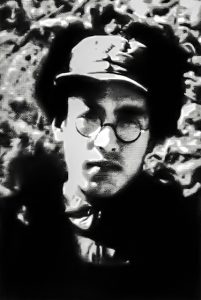

During the anti-Japanese war in 1938, the third team of the Anti-Enemy Theatre Troupe embarked on a journey from Wuhan to Xi’an, then continued to Shanxi, and finally reached Yan’an. This dedicated group of intellectuals displayed fervour and determination, steadfastly contributing their efforts to the ultimate victory of the Anti-Japanese War. In the provided photograph, Li Qun is the second from the right. Each member, including him, wore military uniforms with a dignified posture.
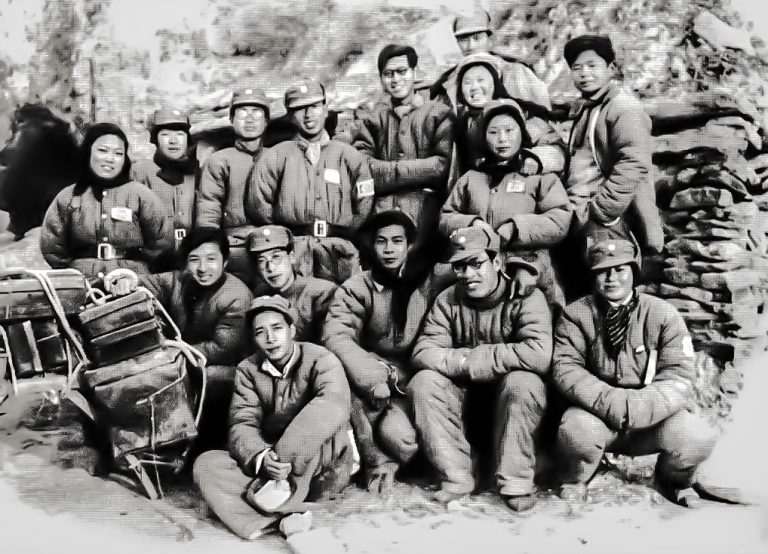
In 1939, Li Qun participated in a group photograph with comrades at the “National Revolutionary Art Academy” in Yichuan, Shaanxi Province. The occasion was a farewell gathering for Comrade Zhuang Yan (庄言), who was returning to the Anti-Enemy Theatre Troupe. Notably, Zhuang Yan sits first from the left in the second row, Li Qun sits second from the left, and An Lin (安林) stands third from the left in the second row. Liu Ping Du is situated second from the left in the third row. (Photograph captured by An Lin)
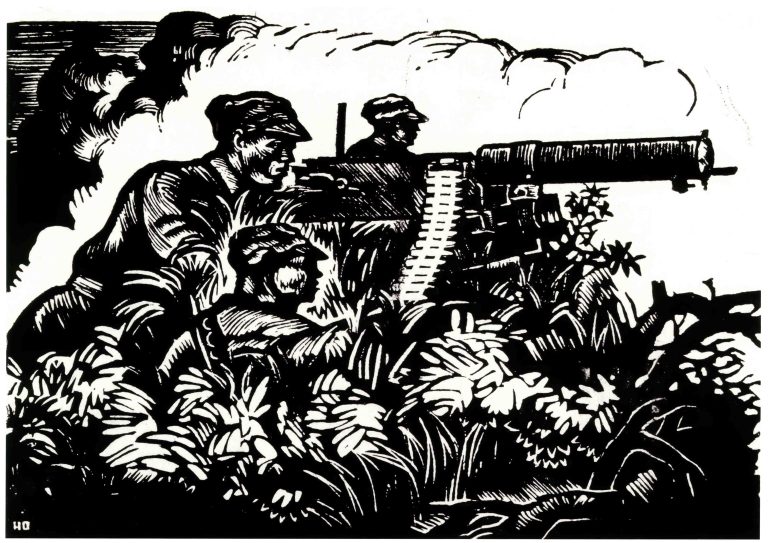
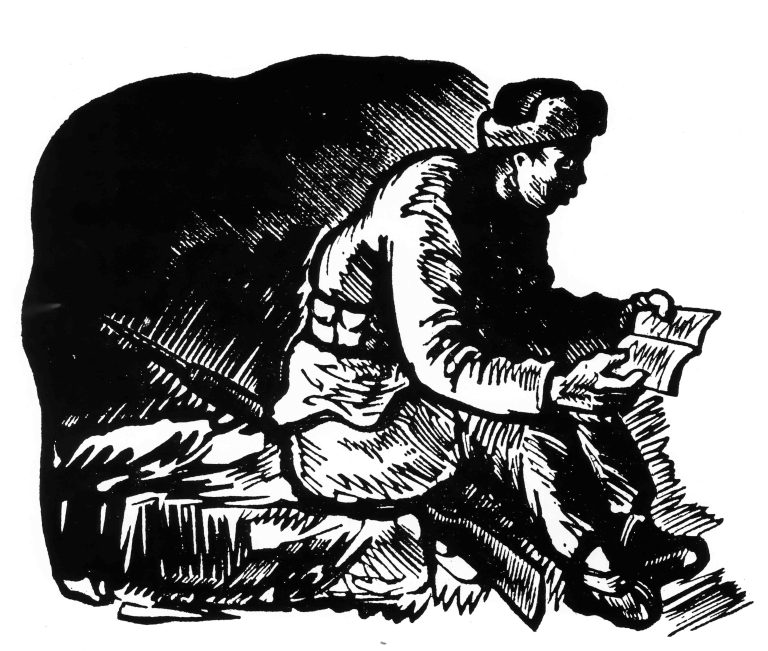
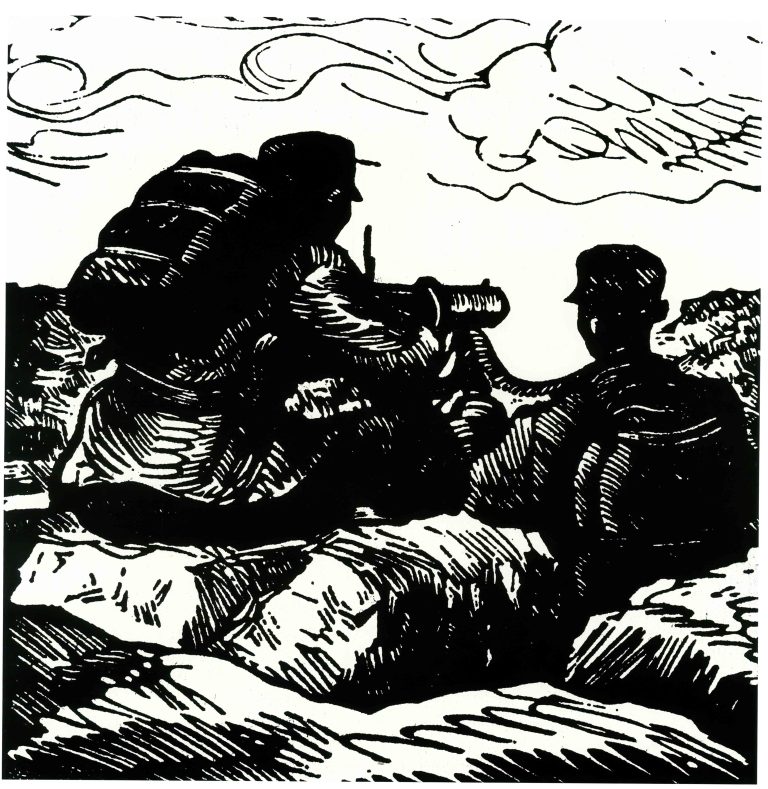
A village childhood Li Qun’s roots trace back to a quaint mountain village, an enclave characterised by a mere six
A fervent and spirited young man, deeply moved by the news of the “September 18th” incident, found himself compelled to
Following the Marco Polo Bridge Incident on July 7th, a significant event unfolded in Shanghai known as the “August 13th”
In Li Qun’s contemplation, Yan’an had long been the revered sanctuary he ardently sought. Communist Party members and numerous progressives
In August 1945, following the Japanese surrender, Liqun bid farewell to Yan’an, where he had dedicated six years of work
Following the inaugural national literary congress, Li Qun adhered to Comrade Zhou Yang’s directives and returned to Shanxi to collaboratively
During the tumultuous period of the “Cultural Revolution,” Li Qun, like many writers and artists, faced severe hardships and endured
With the demise of the “Gang of Four,” a wave of joy swept across China. Li Qun, like countless others,
Determining precisely when Li Qun entered old age proves challenging, given the considerable gap between his vitality and chronological age.
In memory of Li Qun (1912-2012)
Our mission is to safeguard and champion Li Qun’s artistic legacy and literature for the benefit of future generations. This digital memorial stands as a tribute to Li Qun’s lifetime of artistic brilliance.
Our pledge is to meticulously document and categorise every piece of art created by Li Qun, creating a comprehensive resource for enthusiasts and scholars alike. Furthermore, we are committed to preserving his gallery, the Li Qun Art Gallery, and promoting Lingshi county, Taiyuan city and Shanxi province.
Delve into our extensive online catalogue, uncover the curated locations of Li Qun’s art, or visit the Li Qun Art Gallery located in the culturally rich Wang Jia Da Yuan. Set against the backdrop of the heritage-listed Wang’s Family Compound, a Qing Dynasty mansion, the gallery seamlessly blends art and tradition.
Explore the profound impact of Li Qun’s artistic journey, through both the visual realm and the literary dimensions of his work.
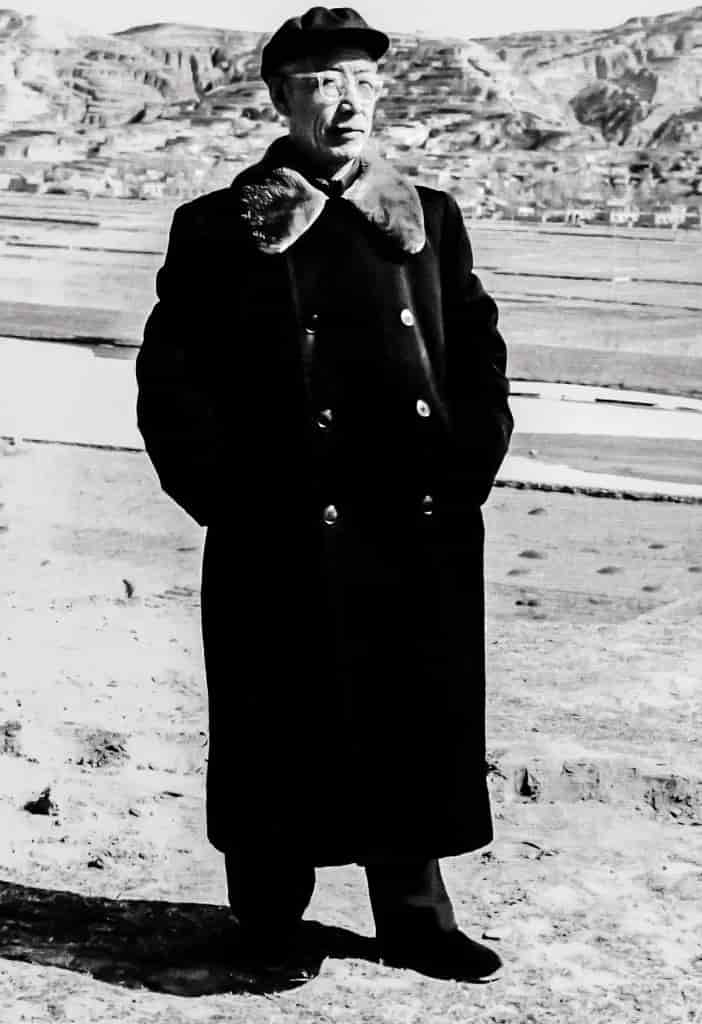
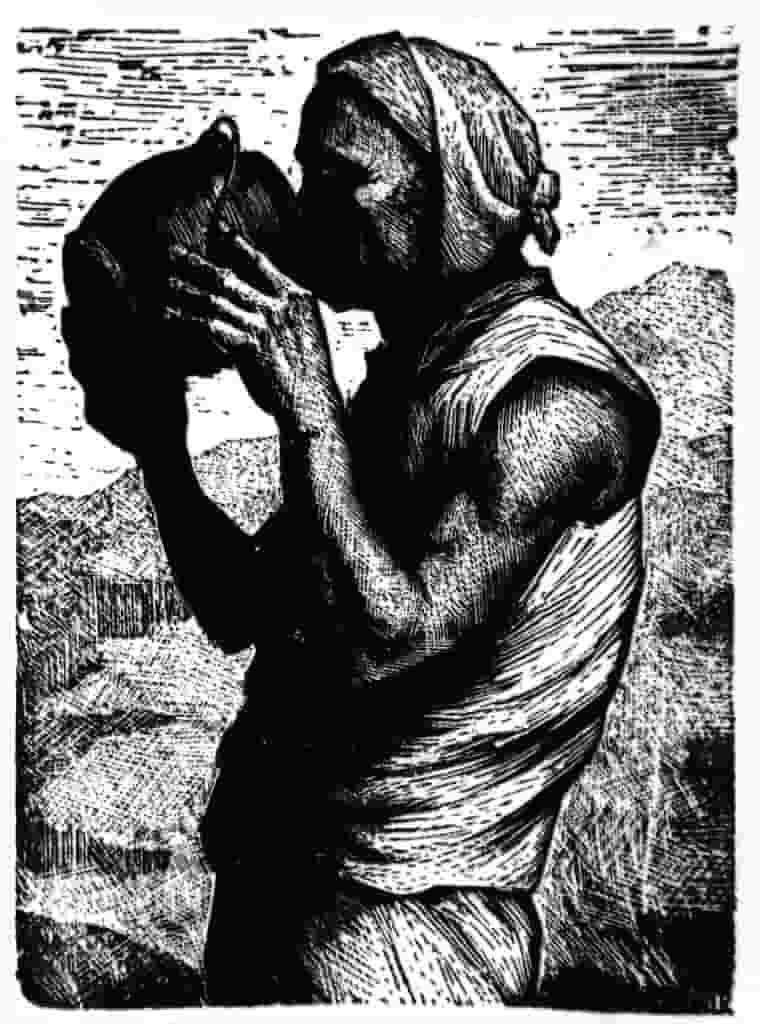

A village childhood Li Qun’s roots trace back to a quaint mountain village, an enclave characterised by a mere six courtyards and ten households in its nascent years. This hamlet, situated in Lingshi County, Shanxi Province, earned its identity as Hao Jia Zhang. Positioned to the east of Fenhe River,
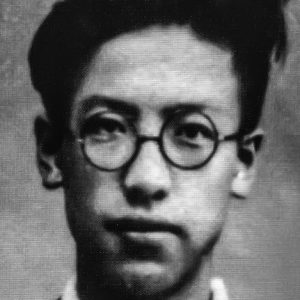
A fervent and spirited young man, deeply moved by the news of the “September 18th” incident, found himself compelled to resist the aggressive incursions of Japanese imperialism on Chinese soil. Unwilling to acquiesce to a policy of non-resistance before aggressors or to tolerate any actions undermining national prestige, the young
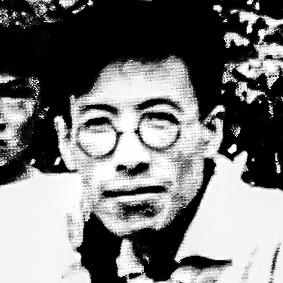
Following the Marco Polo Bridge Incident on July 7th, a significant event unfolded in Shanghai known as the “August 13th” Anti-Japanese War. It marked a critical juncture for the Chinese nation, prompting a collective response from those unwilling to endure subjugation. The call to action resonated with the spirit of
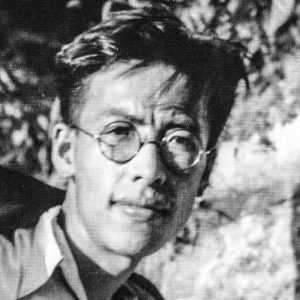
In Li Qun’s contemplation, Yan’an had long been the revered sanctuary he ardently sought. Communist Party members and numerous progressives within the “Wuhan Third Office” had already developed a certain level of “Yan’an Fever”. Although Li Qun was not yet a Communist Party member at that time, Guang Weiran had

In August 1945, following the Japanese surrender, Liqun bid farewell to Yan’an, where he had dedicated six years of work and life. He arrived in Xingxian County, Shanxi Province, which served as the political and cultural hub of the Shanxi-Suiyuan Border Region. There, he assumed the role of chief editor
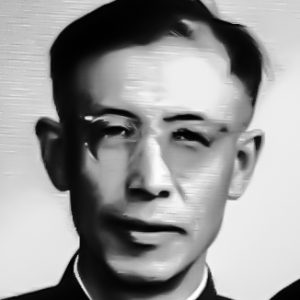
Following the inaugural national literary congress, Li Qun adhered to Comrade Zhou Yang’s directives and returned to Shanxi to collaboratively establish the Shanxi Federation of Literary and Art Circles with Comrade Gao Muhong. In December 1949, the first literary congress of Shanxi Province was successfully convened, electing Gao Muhong as
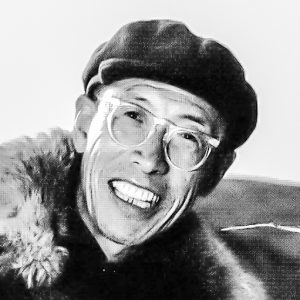
During the tumultuous period of the “Cultural Revolution,” Li Qun, like many writers and artists, faced severe hardships and endured humiliation. Initially transferred back to Shanxi in early 1966, the upheaval of the “Cultural Revolution” saw him forcefully returned to Beijing, labeled as part of the “gangster” team of “reactionary
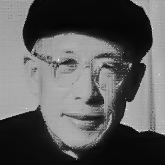
With the demise of the “Gang of Four,” a wave of joy swept across China. Li Qun, like countless others, found himself advancing into a new chapter in the aftermath of the storm, standing beside the “sinking boat” and the “ailing tree” during a time of tremendous possibilities.
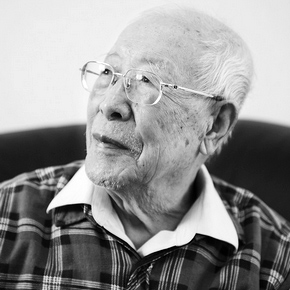
Determining precisely when Li Qun entered old age proves challenging, given the considerable gap between his vitality and chronological age. As mentioned earlier, even in his 70s during the reform and opening up era, he exhibited a spirit that belied his years. Approaching 80, on the cusp of the new
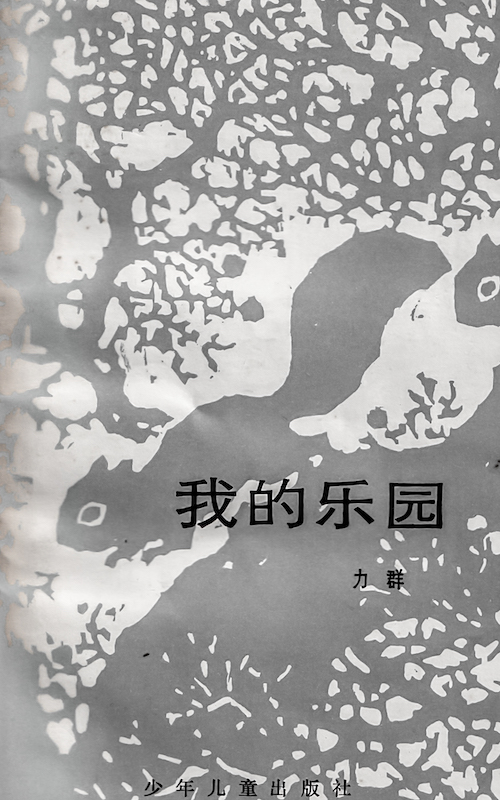
The pure and lively sensibilities of children, influenced by nature, the memorable and relatable people encountered during youth, and the longing of young minds for life and his emotional reflections. These themes permeate the work of the acclaimed woodcuts artist Li Qun. In this book, Li Qun skilfully intertwines literature
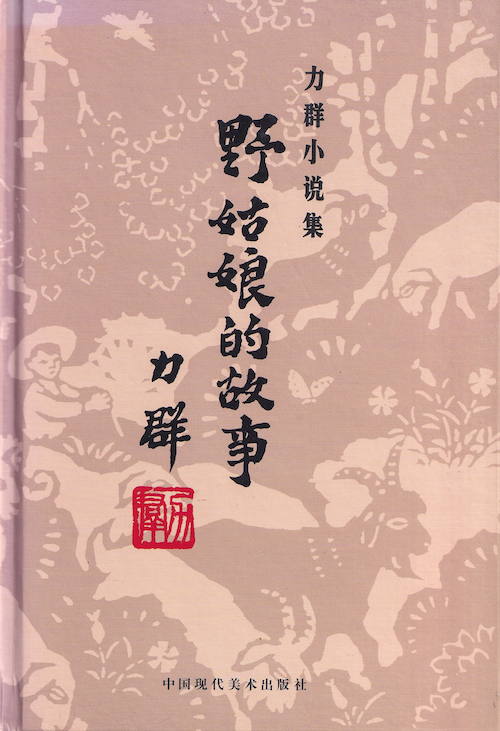
In the remote mountain village of Shanxi Province, Guilian grows up without her mother’s love, facing her father’s bitterness and the superstitions that label her unlucky. Despite harsh circumstances, she finds solace in nature and solitude. As she matures, Guilian’s resilience becomes her strength, defying her father’s attempts to sell
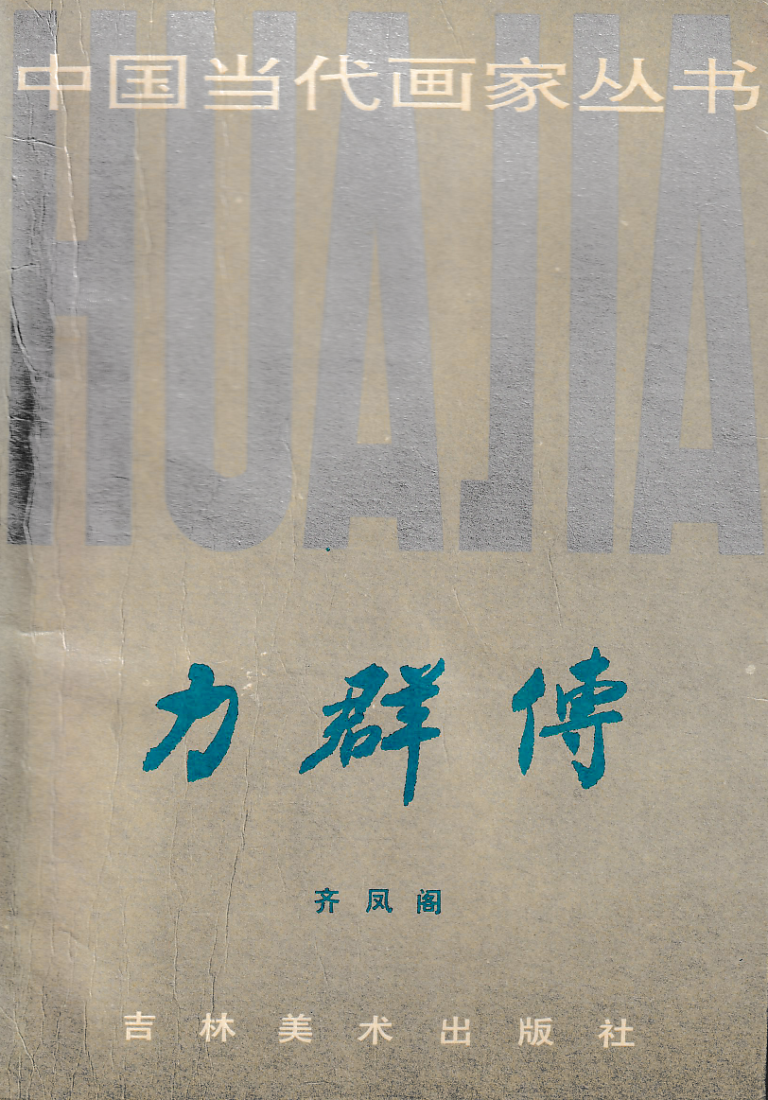
Li Qun the renowned woodcuts artist from Shanxi has weathered numerous challenges and remained committed to self-improvement, guided by unwavering beliefs and relentless determination. His journey from rural origins to urban landscapes, from the city to Yan’an, reflects his resilience and perseverance amidst life’s trials. This book not only chronicles

An autobiography penned by the renowned Chinese woodcuts artist Li Qun. Through a blend of documentary techniques, Li Qun vividly recounts the twists and turns of his career, tracing his creative journey and artistic evolution over the past century. This captivating autobiography immerses readers in the rich tapestry of historical
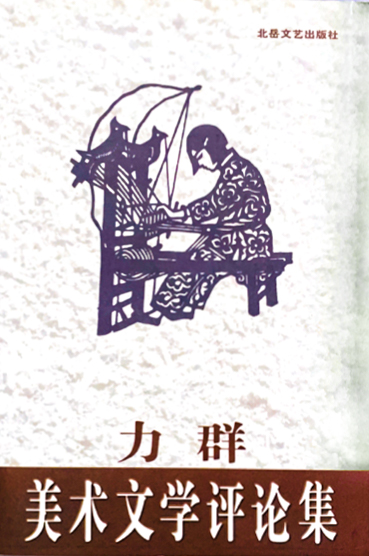
Li Qun renowned woodcuts artist who has been engaged in artistic creation for nearly 60 years. He persists in both printmaking and literary creation, and is also involved in Chinese painting. Additionally, he is a well-known art critic. His prints are characterised by their simplicity, clarity, and lyrical colours, reflecting
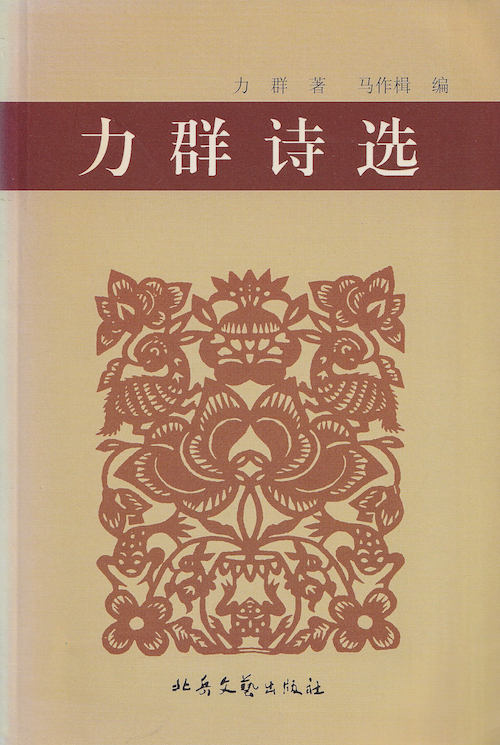
“Selected Poems of Li Qun,” compiled by the artist himself, finding its verses rich in sincerity, vivid imagery, and melodious rhythms. Divided into three volumes with a total of 88 poems, the collection showcases Li Qun’s deep emotions, artistic vision, and linguistic precision. Each poem resonates deeply, ranging from tranquil
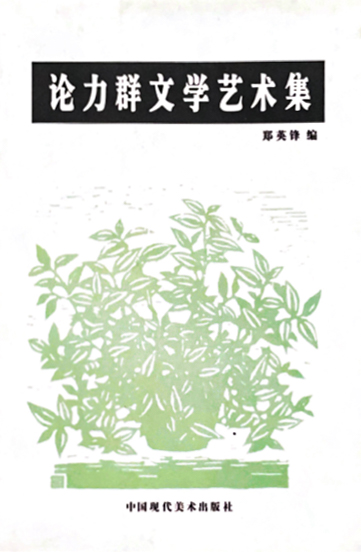
Li Qun, born on December 25, 1912, in Haogia Village, Shanxi Province, has been involved in art for nearly 60 years. He grew up in a rural environment, which greatly influenced his woodcut creations and writings. Li Qun studied at the National Hangzhou Art Specialized School and later joined the
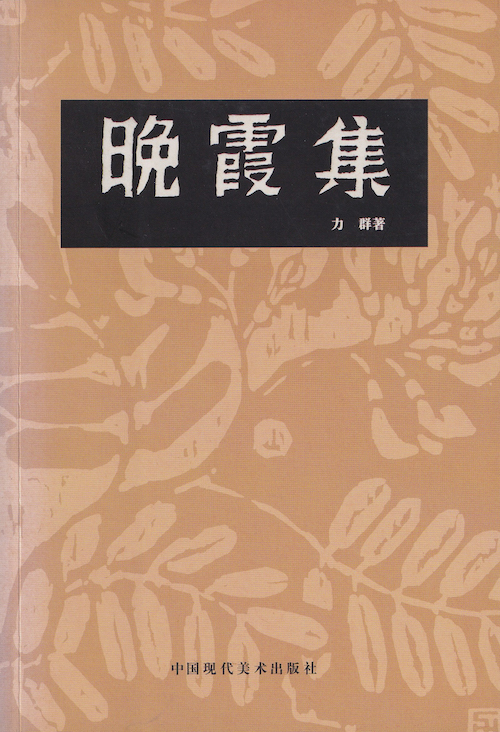
Li Qun, known primarily as a woodcuts artist showcases his literary talents alongside his passion for painting in an anthology spanning novels, essays, and critiques. The collection starts with “The Story of the Wild Girl,” a moving novel, followed by serene prose pieces like “My Paradise” and “Hua Orchid.” His
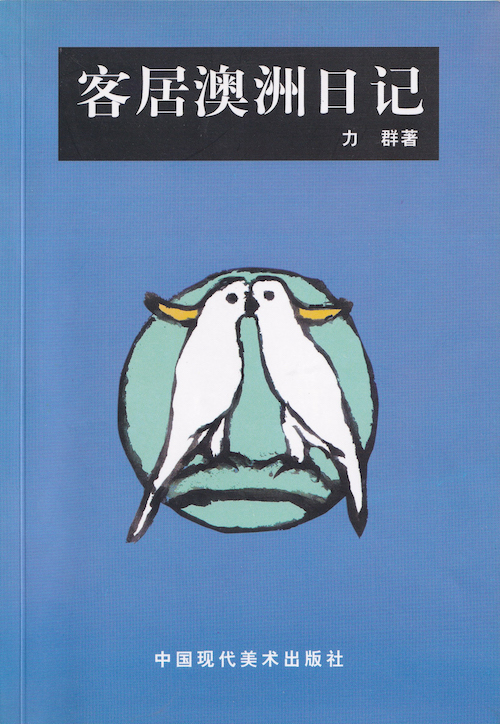
In December 1994, Li Qun embarked on a five-month journey to Australia, chronicling his experiences in “Diary of living in Australia.” Through daily entries, he contrasts the climate, environment, and cultural interests of Australia with the mainland. Sydney’s wildlife, especially the playful parrots, captivated him, as shared in his letter
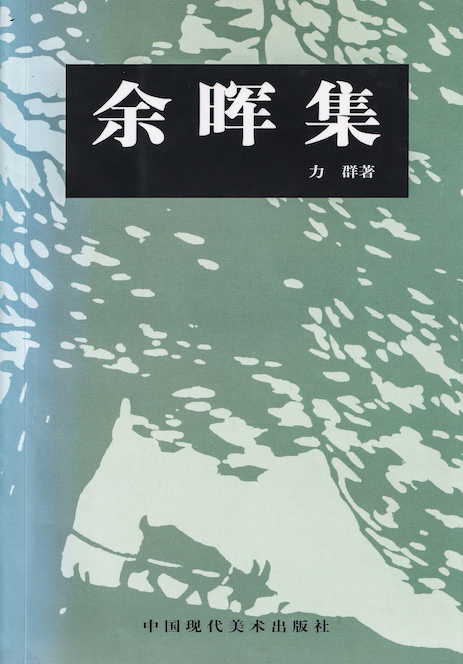
The “Afterglow Collection” signifies the culmination of Li Qun’s literary journey following the “Sunset Collection”. Within its 34 articles, each holds significance. Particularly noteworthy is “The Eternal Navigation Lighthouse,” detailing the “Yan’an Forum on Literature and Art” exploring its historical impact and contemporary interpretation. “My Creative Path” delves into personal
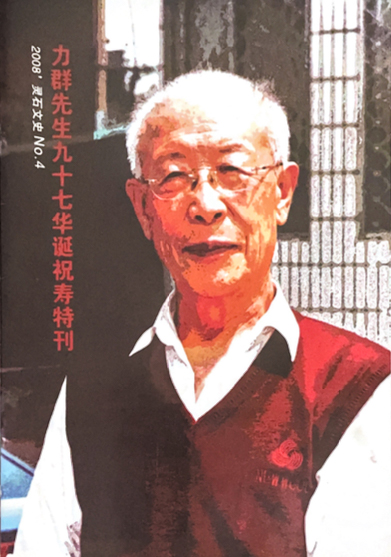
Congratulations – To Mr. Li Qun, a renowned Chinese printmaker, writer, literary critic, and local luminary. Respected Mr. Li Qun: Today marks your 97th birthday. First and foremost, please allow us, on behalf of the Ling Shi County Committee, Government, People’s Congress, Political Consultative Conference, and all 240,000 residents of
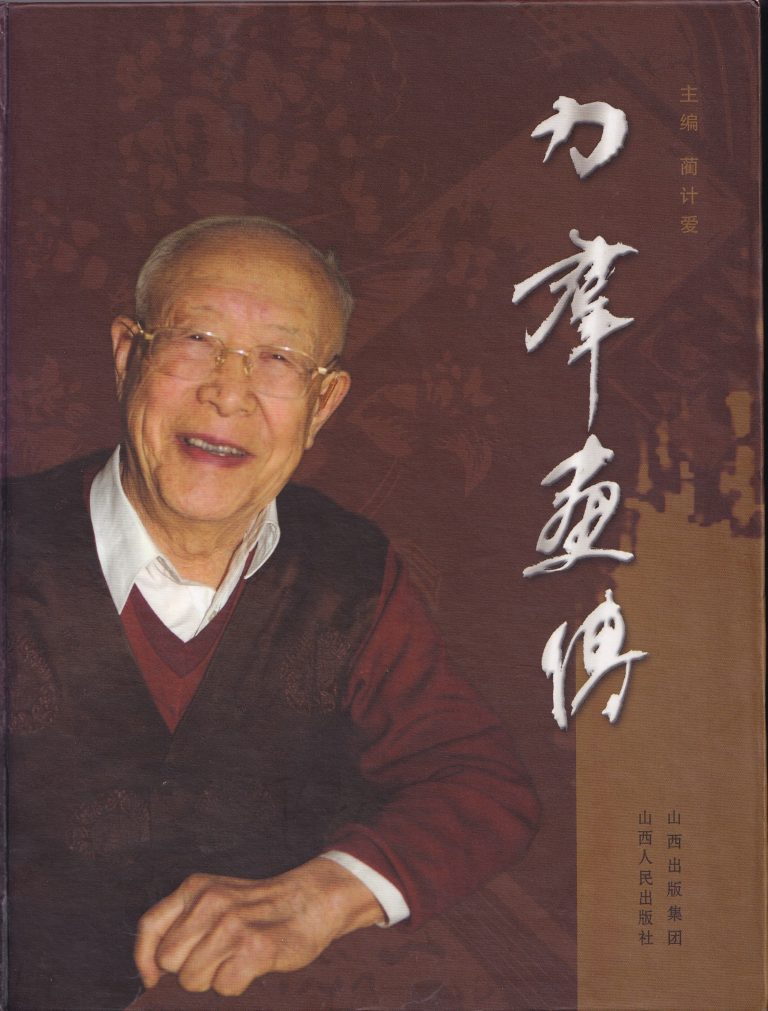
The forthcoming “Picture Biography of Li Qun” provides an in-depth look into the life and artistic journey of this revered figure. From his humble beginnings in Shanxi to becoming a pioneering force in China’s woodcuts and printmaking movement. Li Qun’s unwavering commitment to his craft endured personal and political challenges.
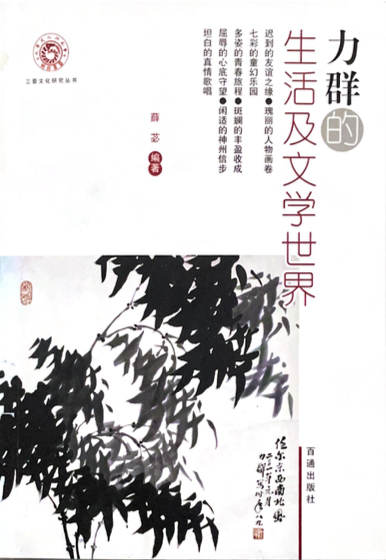
Li Qun, in my view, is a remarkable figure of his generation. Decades ago, I came across his woodblock prints in the “Jin Sui Daily,” and they truly captivated me. He had connections with the cultural giant of China, Mr. Lu Xun, as early as the 1930s. He was the
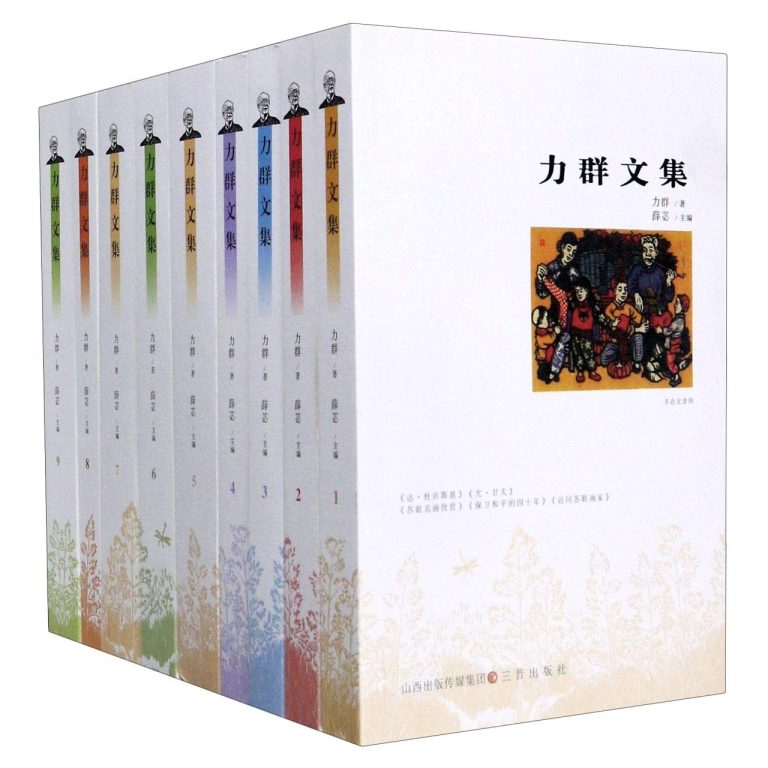
“The Complete Works of Li Qun” is a comprehensive nine-volume collection that showcases Mr. Li Qun’s dedication and creative accomplishments across various fields such as woodcut paintings, essays, novels, and literary critiques. Each volume stands as a complete entity, offering readers a glimpse into Mr. Li Qun’s artistic evolution from
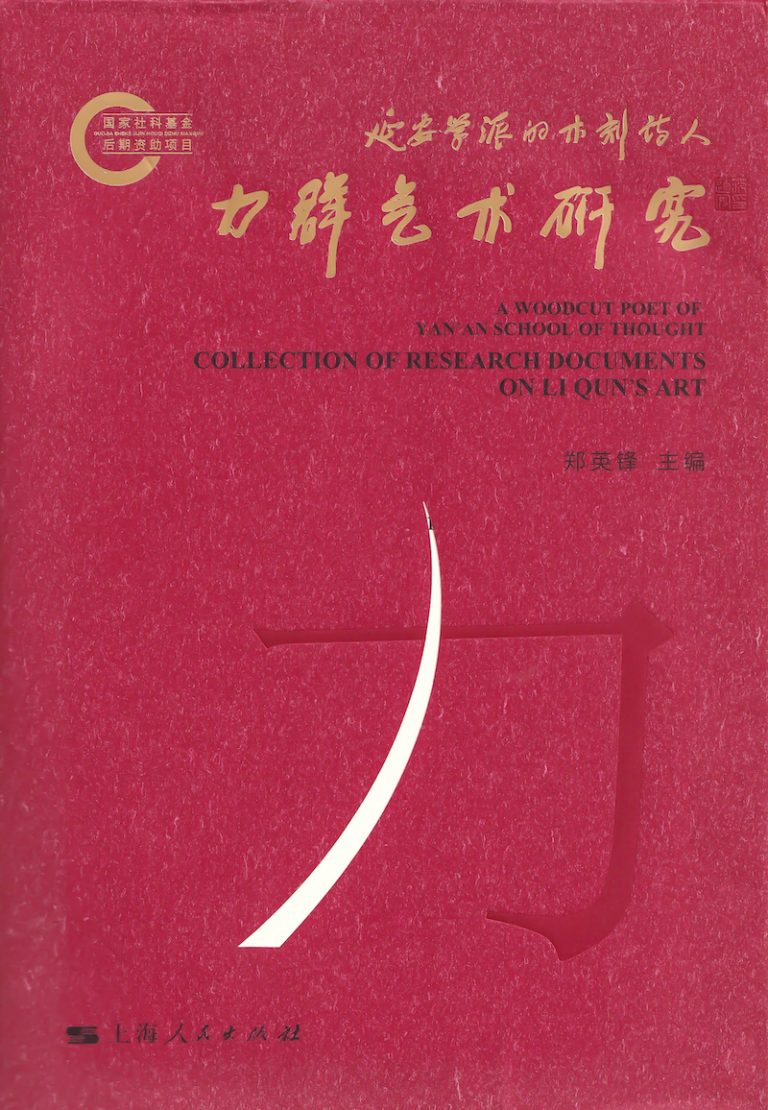
Li Qun is a prominent figure in the emerging woodcut printmaking movement in China and embodies the poetical spirit of the “Yan’an School.” He has had a significant influence on the development of modern printmaking in China. From a young age, he dedicated his art to the great cause of
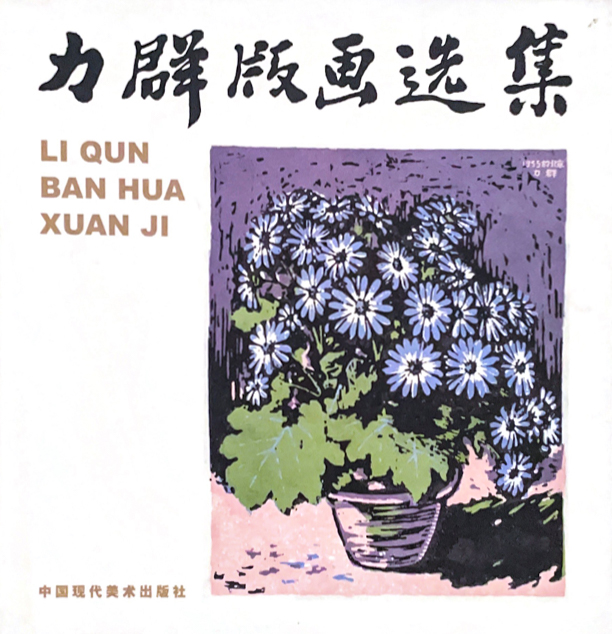
The text discusses an art exhibition held by Comrade Li Qun in Beijing’s Beihai Park, showcasing 26 pieces of his work, mostly new except for those from 1941. Despite facing challenges during various political movements over 39 years, Li Qun’s diligence shines through in his diverse and vibrant artworks. His
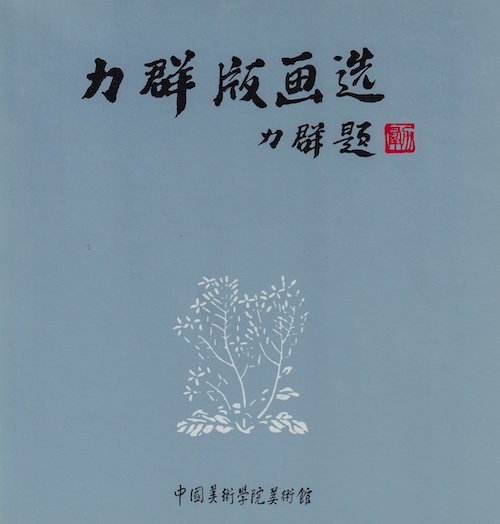
Li Qun, a native of Lingshi, Shanxi is a prominent figure in the realms of Chinese woodcuts and literary criticism. His artistic journey began at the National Hangzhou Art College (now the China Academy of Art) in 1931, a time when the influence of Lu Xun spurred a flourishing interest
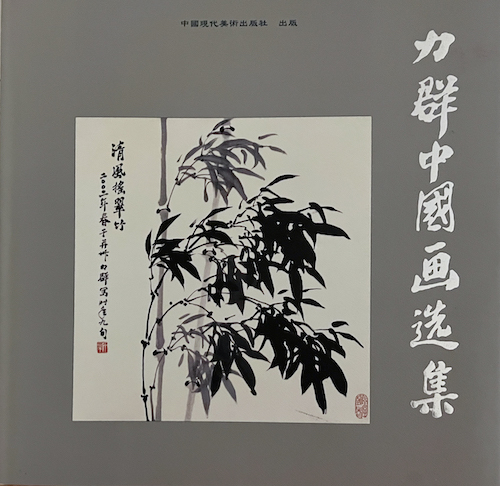
Li Qun, influenced by masters like Pan Tianshou and Li Kuchan, honed his Chinese painting skills at the National Hangzhou Art College. Combining this foundation with decades of printmaking experience, he crafts captivating works exhibited worldwide. His paintings, infused with spirit and form, resonate deeply, offering viewers a harmonious blend
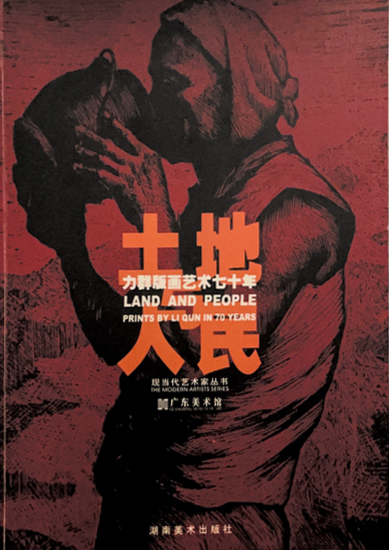
Li Qun emerges as a key figure, serving both as a witness and participant in the emerging art movement. Despite facing personal and societal challenges, Li Qun’s early works reflect influences from artists like Bouguereau and Mucha, as well as Soviet realism. Teaching at the Lu Xun Academy of Arts
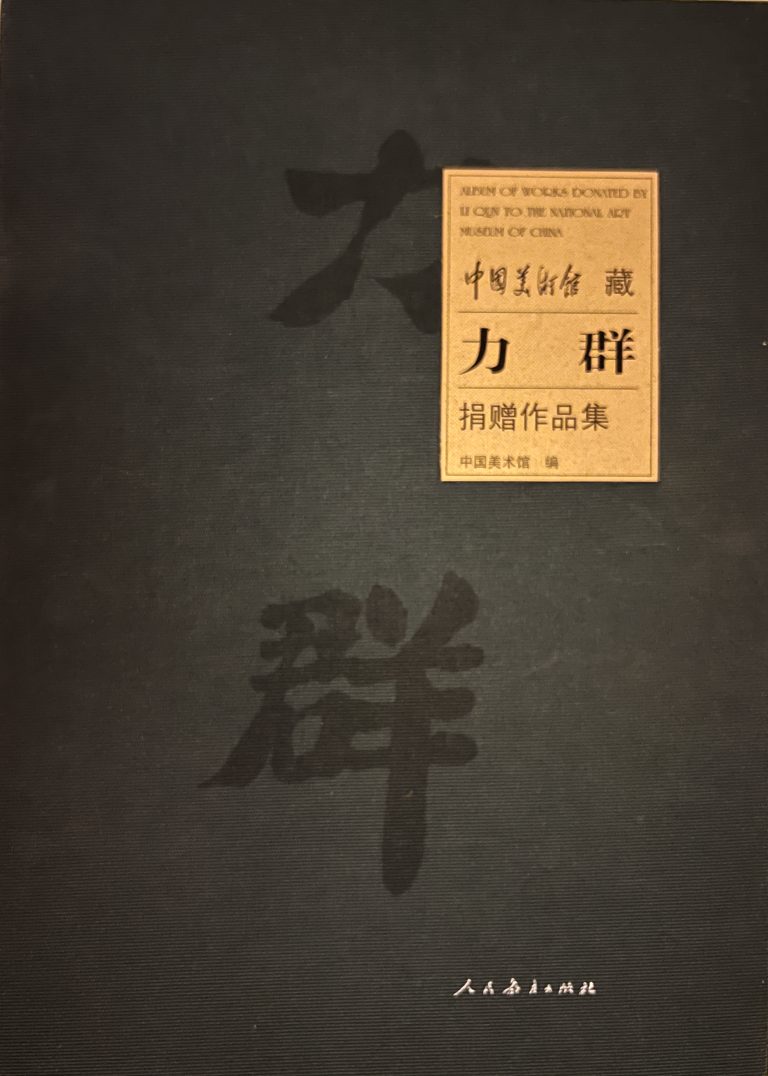
The “20th Century Special Incentive Scheme of National Art Collections and Donations” is a significant cultural initiative in China aimed at recognising artists’ contributions to 20th-century art. Started in 2004 under the Ministry of Culture’s leadership, it established the Shangguan Art Museum, praised by veteran artists who generously donated their
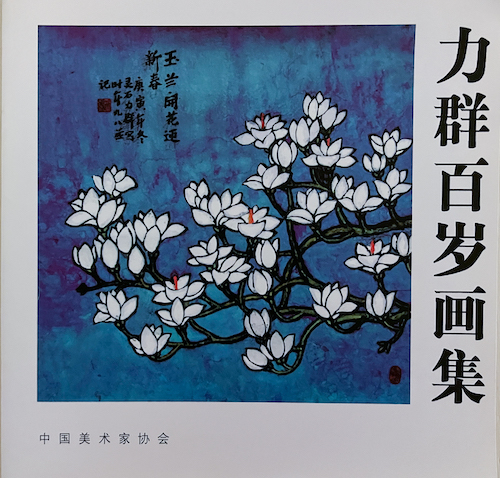
Titled “Li Qun’s 100-Year-Old Painting Collection,” this anthology celebrates the artist’s journey in Chinese painting, coinciding with his 99th birthday in December 2011. Tracing back to his education at the National Hangzhou Art College under revered mentors Pan Tianshou and Li Kutan, Li Qun initially pursued woodcarving. However, as age
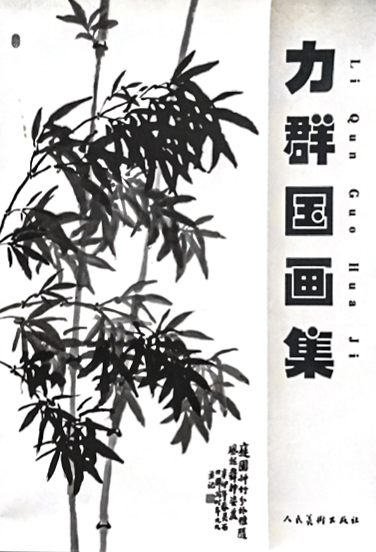
Mr. Li Qun, a respected figure in the Chinese art world, has been known nationwide for decades. Due to my love for art, I had the privilege of meeting him years ago. Despite the distance, our connection remained strong. In 2004, Mr. Li invited me to his solo exhibition, showcasing
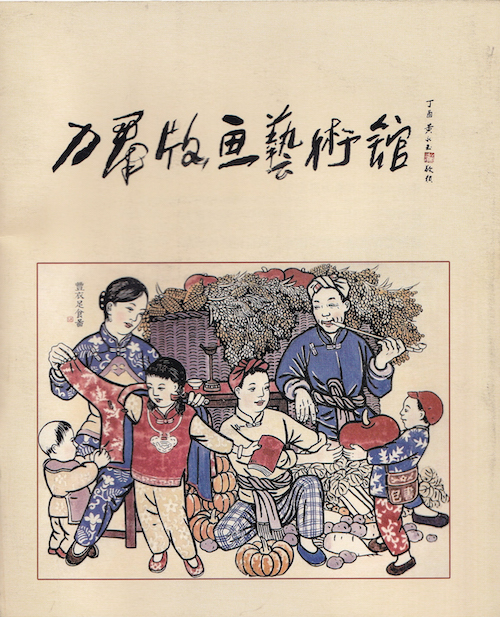
A collection of works donated to the Taiyuan Art Museum with the support of Li Qun’s family. The Li Qun Woodcuts Art Museum serves as a hub for collecting, preserving, and promoting his legacy. Located in Exhibition Hall 7 on the third floor of the Taiyuan Art Museum, the museum
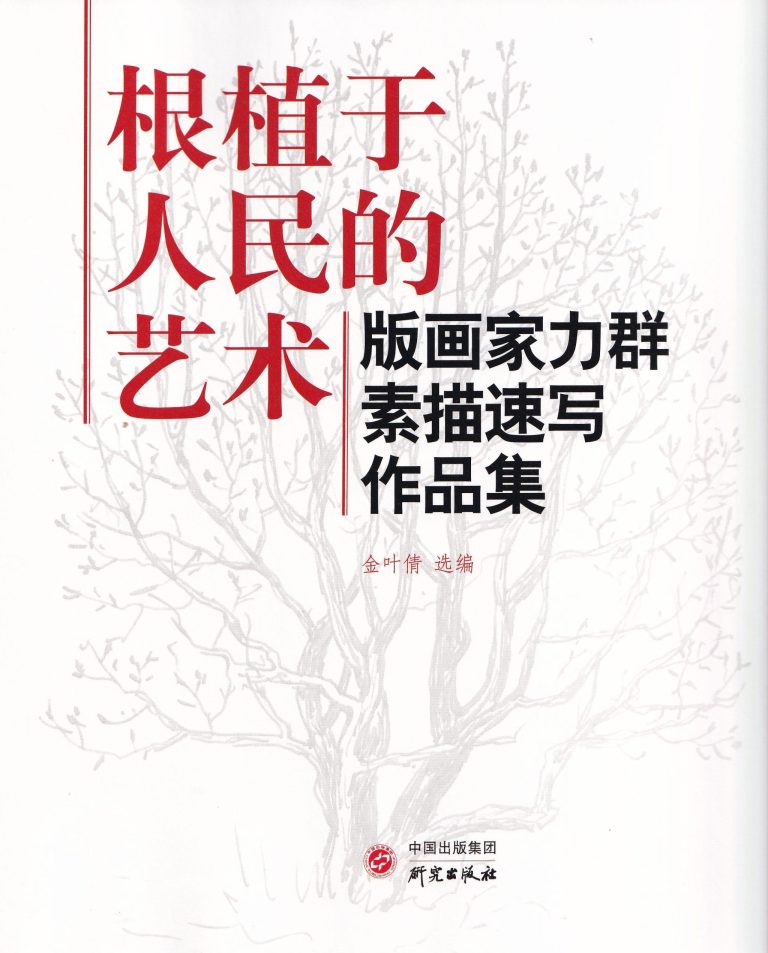
Mr. Li Qun, renowned for his woodcuts printmaking, left behind a collection of sketches that offer profound insights into his artistic journey. These sketches, discovered after his passing, span various subjects and scenes, reflecting the artist’s emotions and serving as source material. Despite their simplicity, they resonate deeply with viewers.
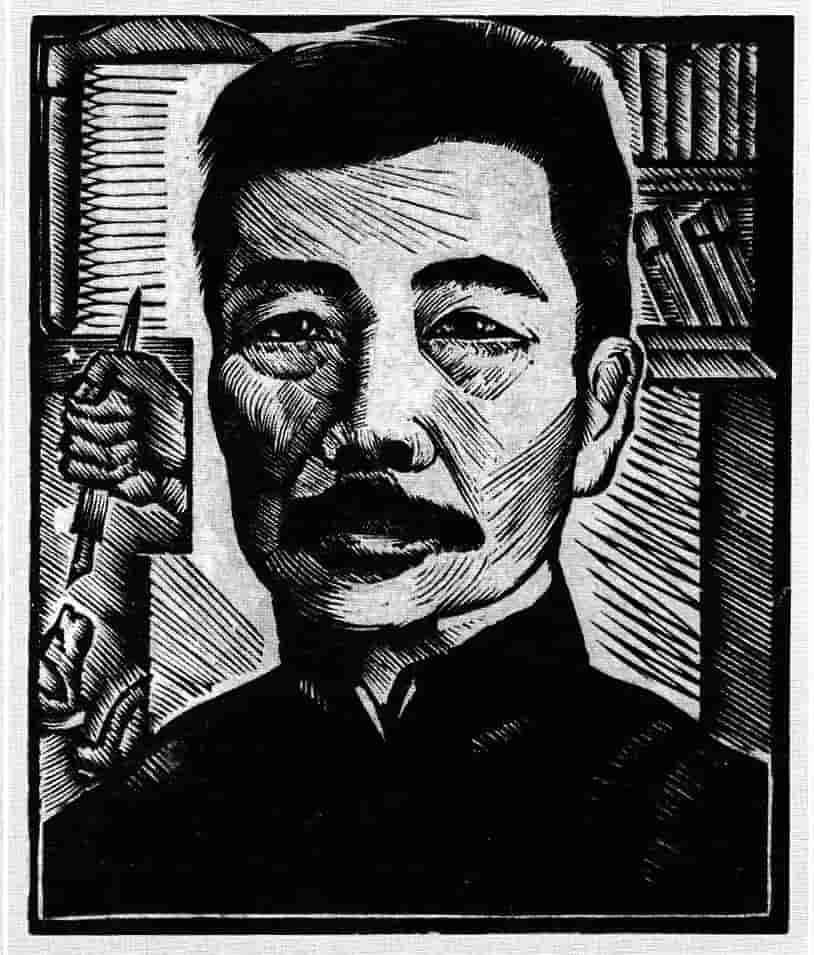
A comprehensive exploration of Li Qun Woodcuts spanning a remarkable 100-year chronicle that meticulously documents the life and career of this esteemed artist.
Gain insight into key events that shaped Li Qun’s trajectory, from his formative years in early 20th-century China to his influential presence in contemporary art. Discover the evolution of Li Qun’s craft as it intersects with major historical milestones, such as China’s Japanese invasion, Cultural Revolution and the modernisation era.
This chronicle provides a factual and detailed account of Li Qun’s journey, offering a unique lens into the socio-political landscape that has shaped both Li Qun and his iconic woodcut creations. Delve into the specifics of his chronicles to uncover the factual intricacies of a century-long artistic legacy.
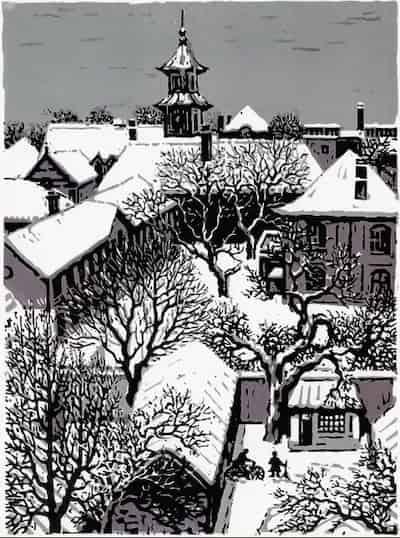
We offer a range of services from sourcing Li Qun’s art for purchase, but more importantly documenting artworks in public collections globally.
If you have Li Qun’s art work, we would like to keep a record of your collection. this is to help the future validations of Li Qun’s art work.
We are committed to facilitating a comprehensive understanding of Li Qun’s artistic legacy. While our services do not include artwork verification, we do have established contacts that may assist in this regard, subject to potential costs.
This website is managed by Li Qun’s family to preserve his legacy, and to connect with curators, historians, collectors, artists, fans and admires across the globe.
contact@liqunwoodcuts.org